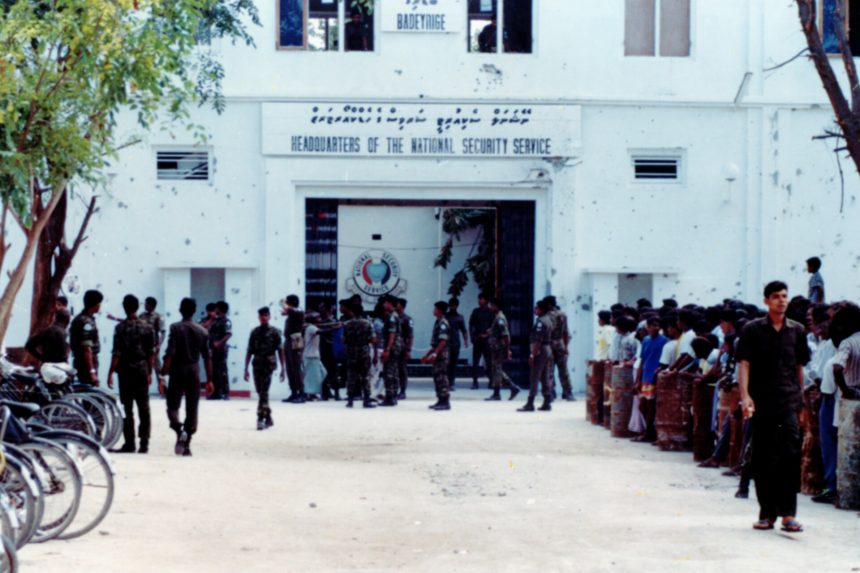In a pivotal moment of Maldivian history, the nation’s security forces – backed by a rapid Indian military intervention codenamed “Operation Cactus” – thwarted an armed mercenary attack on the capital Malé on November 3, 1988. Around 80 Sri Lankan Tamil mercenaries, aided by a small group of Maldivian rebels, launched a pre-dawn coup attempt to overthrow President Maumoon Abdul Gayoom, but by the next day the plot was decisively foiled and Maldives’ sovereignty stood defended. The swift action of the Maldives National Security Service (now MNDF), coupled with India’s timely assistance, averted disaster and preserved the elected government.
Capital Under Attack at Dawn
The surprise attack began in the early hours of November 3, 1988, when mercenaries of the PLOTE (People’s Liberation Organisation of Tamil Eelam) infiltrated Malé by boat under cover of darkness. Led by Abdullah Luthufi, a disgruntled Maldivian businessman, and a Tamil militant commander, the rebels quickly seized key installations – including the national radio/TV station and government buildings – firing on soldiers and terrorizing civilians. However, the insurgents failed to capture their foremost target: President Gayoom narrowly evaded capture by moving between safe houses, remaining one step ahead of the attackers. As gunfire and explosions rocked the capital, the small contingent of Maldivian National Security Service (NSS) troops mounted a courageous defense. At the NSS headquarters, lightly-armed guards led by a young corporal, Hussain Adam, held off waves of insurgents from breaching the compound – a stand that proved pivotal in preventing the military armory from falling into rebel hands. Despite being outnumbered and outgunned, the Maldivian soldiers’ heroic resistance bought precious time and kept key security assets out of rebel control, even as insurgents roamed the streets of Malé in the initial chaos.
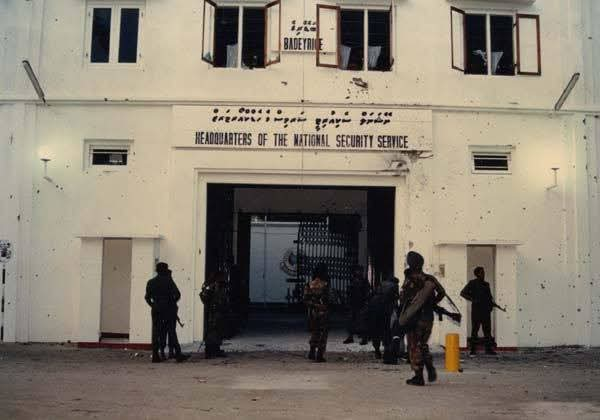
By daybreak, the situation was dire: the enemy had killed several locals, taken hostages, and controlled much of the capital. Cut off from communications with the rest of the archipelago, Malé was effectively under siege. President Gayoom, though in hiding, remained unharmed and in command. Determined to save his nation, he urgently appealed for international help as dawn broke. SOS calls went out to friendly nations – including India, the United Kingdom, the United States, Pakistan, and Sri Lanka – pleading for military assistance to crush the coup. Neighboring India responded within minutes: at around 6:30 AM, Maldives’ Foreign Minister contacted the Indian High Commission and conveyed the distress message to New Delhi. While other nations deliberated, India alone had the capability to intervene immediately, and Prime Minister Rajiv Gandhi answered the call without hesitation. President Gayoom’s personal plea to India set in motion an extraordinary rapid-response operation that would soon turn the tide in Maldives’ favor.
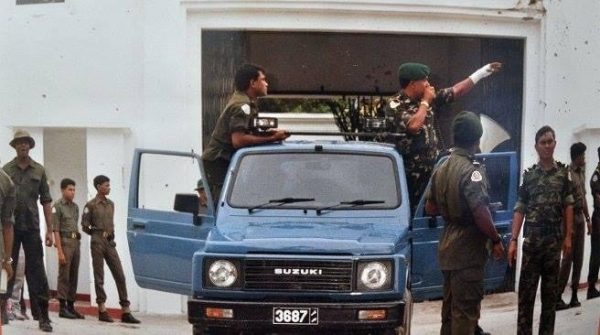
Swift Response and Operation Cactus
Once New Delhi received the SOS, the wheels of Operation Cactus were set in motion with remarkable speed. By 7:30 AM on November 3, Prime Minister Gandhi had green-lit a full military intervention to rescue the Maldives from the coup. The Indian Armed Forces assembled a crack team from the 50th Independent Parachute Brigade, mobilizing 1,600 elite paratroopers for immediate deployment. With no time to lose, the Indian Air Force pressed into service its newly acquired long-range transport planes. Heavily loaded IL-76 aircraft took off from Agra Air Base that same day, flying 2,500 kilometers non-stop toward the Indian Ocean archipelago. The plan, devised on the fly, was daring: secure Malé’s airport island Hulhulé by nightfall, then push into the capital to liberate it from the mercenaries. By evening, as terrified Maldivians huddled indoors, help was already on the way above the dark seas.

The first Indian Air Force Ilyushin Il-76 transport aircraft touched down at Malé’s Hulhulé International Airport at 9:48 p.m. on November 3, carrying crack paratroopers to aid the Maldives. Within minutes of landing, Indian Army units secured the runway and established a beachhead on Hulhulé. A second plane followed moments later, and by 10:30 p.m. the entire airport was firmly under Indian control. Maldivian officers led by Lieutenant Ahmed Zahir warmly welcomed the Indian troops and hurriedly briefed the Indian commanders on the situation in Malé. Initially, the plan was for Indian forces to wait until first light to advance, but facing the urgency of ongoing atrocities in the capital, Maldivian military leaders implored immediate action. Brigadier Farouk Bulsara, commanding the Indian paratroopers, concurred and swiftly launched the assault on Malé that very night.
Just before midnight, Indian soldiers set off from Hulhulé in speedboats provided by the Maldives, splitting into two groups to approach Malé from multiple directions. As they landed on the besieged capital’s shores, coordinated teams of Indian paratroopers and Maldivian NSS troops moved street by street to root out the rebel gunmen. Residents, despite the harrowing ordeal, cooperated with the liberating forces – pointing out hiding attackers and clearing the way. Fierce but brief skirmishes erupted around key junctions. By 1:00 AM on November 4, dozens of mercenaries had been rounded up or subdued. An Indian special unit raced to locate and secure President Gayoom, finding him safe at a secret safehouse in Maafannu ward by around 1:45 AM. Under armed escort, the President and his family were swiftly evacuated to the tightly-guarded NSS headquarters, where a defensive perimeter was established. Within a matter of hours, the coup had crumbled: by 4:00 AM, the capital city was declared secure and back under government control. Jubilant Maldivians emerged from their homes as news spread that the attempted coup had been crushed. President Gayoom personally called Prime Minister Gandhi to express profound gratitude for India’s timely intervention, which had literally saved the nation.
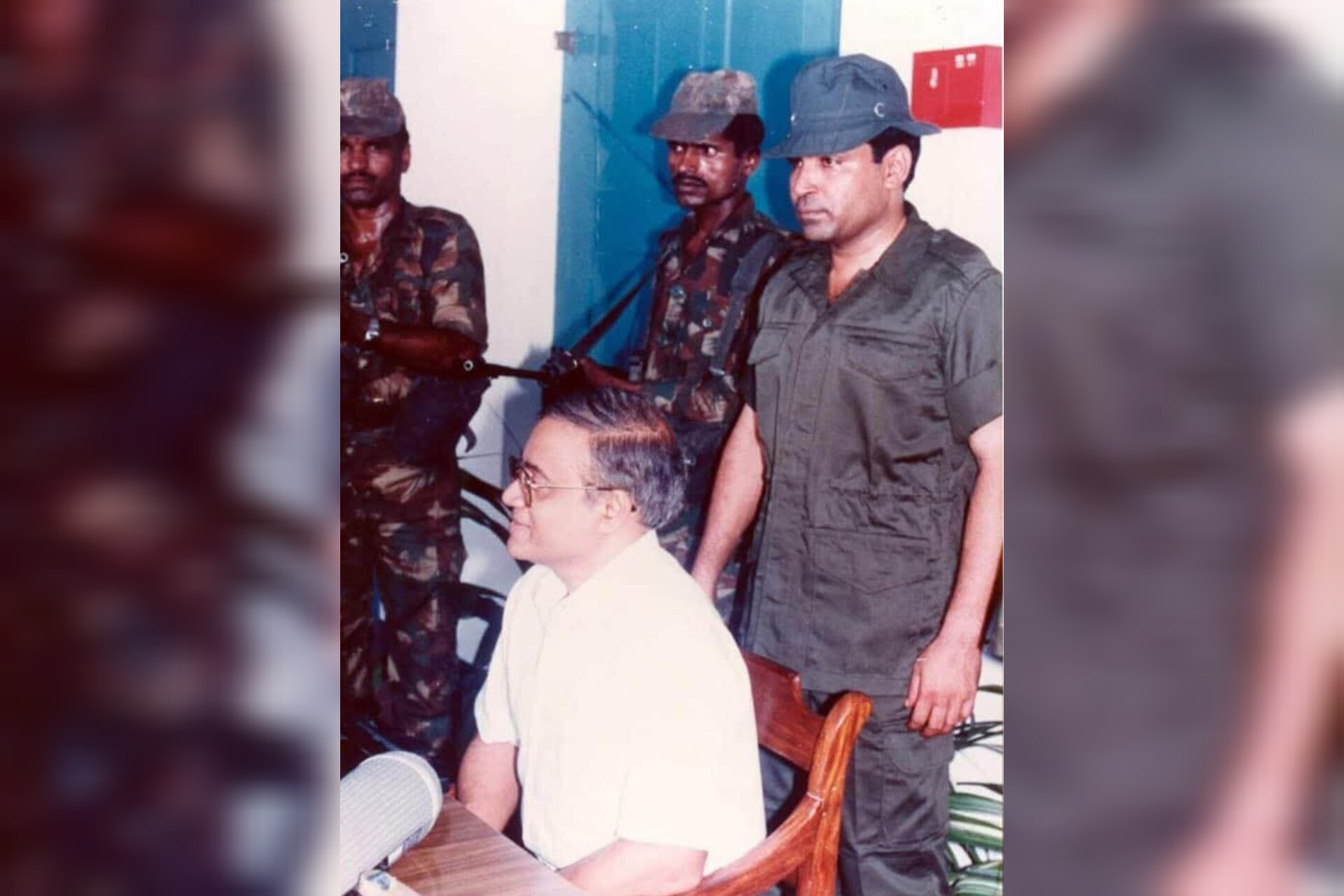
Rebels Routed and Aftermath
With their plot collapsing, the remaining mercenaries made a last desperate bid to escape by sea. As Indian and Maldivian forces tightened their grip on Malé, coup leader Abdullah Luthufi and about two dozen of his fighters hijacked a freighter, the MV Progress Light, taking its crew and passengers hostage to use as human shields. The rebels fled under cover of darkness, steering the ship toward Sri Lanka’s shores. In response, the Indian Navy moved swiftly to intercept the fleeing coup leaders. Two Indian frigates – INS Godavari and INS Betwa – raced to pursue the stolen vessel on the high seas. After a tense overnight chase, the warships caught up with Progress Light in Sri Lankan waters. Ignoring repeated calls to surrender, the mercenaries came under warning fire: an Indian marine commando even launched a shoulder-fired missile that struck the ship’s hull, forcing it to a halt. Surrounded and outgunned, the rebels finally surrendered to the Indian Navy on November 5. Commandos stormed the freighter, overpowering the hijackers and freeing the hostages after a brief firefight. The surviving mercenaries, including Luthufi, were taken into custody and later handed over to Maldivian authorities to face justice.
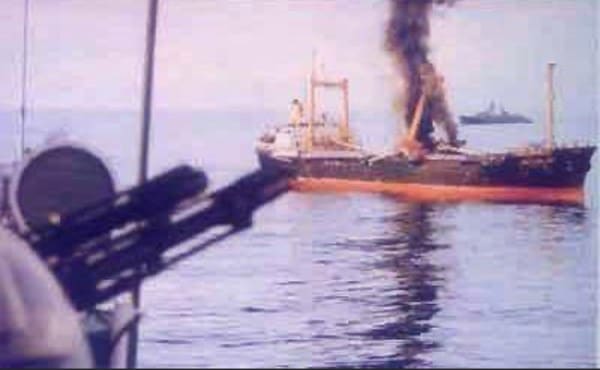
Back in Malé, the day was won. The attempted coup – orchestrated by traitors and their foreign mercenary allies – had been resoundingly defeated. Normalcy returned to the capital within hours of the intervention, albeit amidst palpable shock and relief. The toll of the attack, however, was sobering: 19 Maldivians lost their lives in the violence, including 8 loyal security personnel and 11 innocent civilians. Dozens more were injured during the mercenaries’ rampage. In the aftermath, Maldives’ courts tried 75 individuals for treason and terrorism in connection with the coup. The ringleaders – Luthufi and his fellow plotters – received stiff sentences for their crimes, though some death penalties were later commuted to life imprisonment.
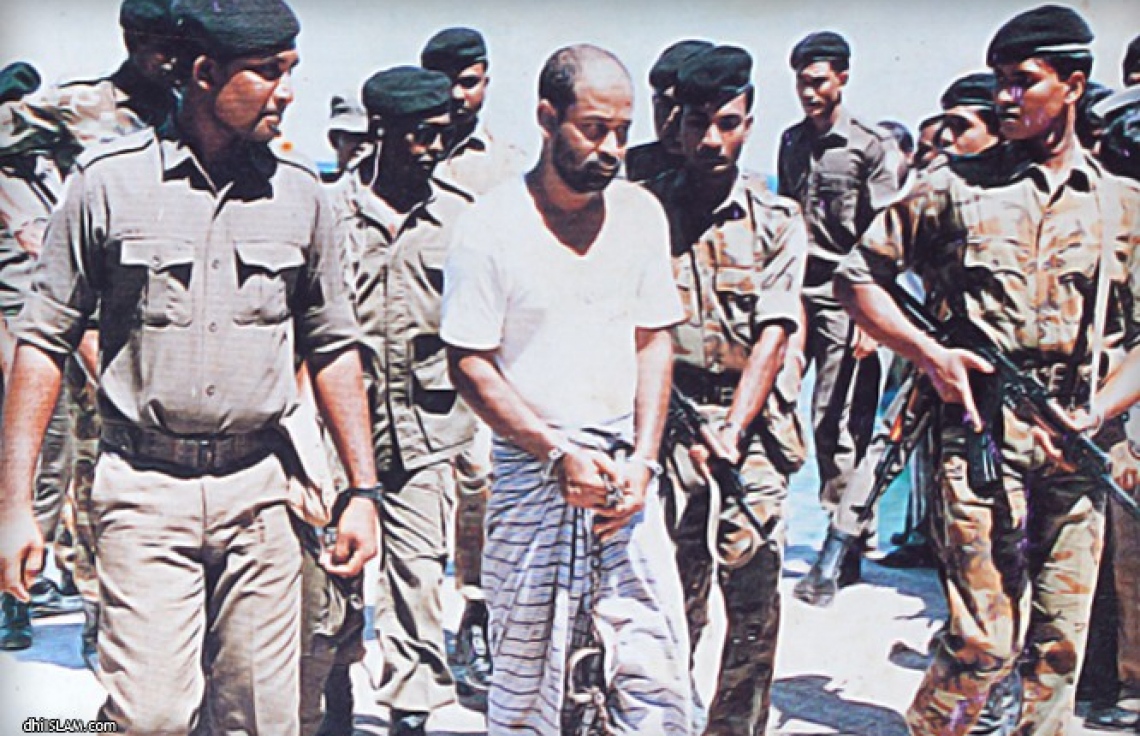
The events of November 3, 1988 have since been immortalized in the Maldives as a triumph of national resilience and unity. Every year, November 3 is observed as Victory Day, a public holiday commemorating the failed coup and honoring the defenders who sacrificed their lives. It serves as a stark reminder of how close the peaceful island nation came to catastrophe, and how solidarity and swift action preserved its freedom. The crisis also forged an unshakeable bond between Maldives and India – demonstrating India’s steadfast commitment to its neighbor’s security and earning enduring Maldivian goodwill. On that fateful day, the Maldives military’s valor – combined with India’s decisive intervention – crushed a grave threat, defended the country’s young democracy, and ensured that the Maldivian flag continued to fly high over an independent, sovereign Maldives.


